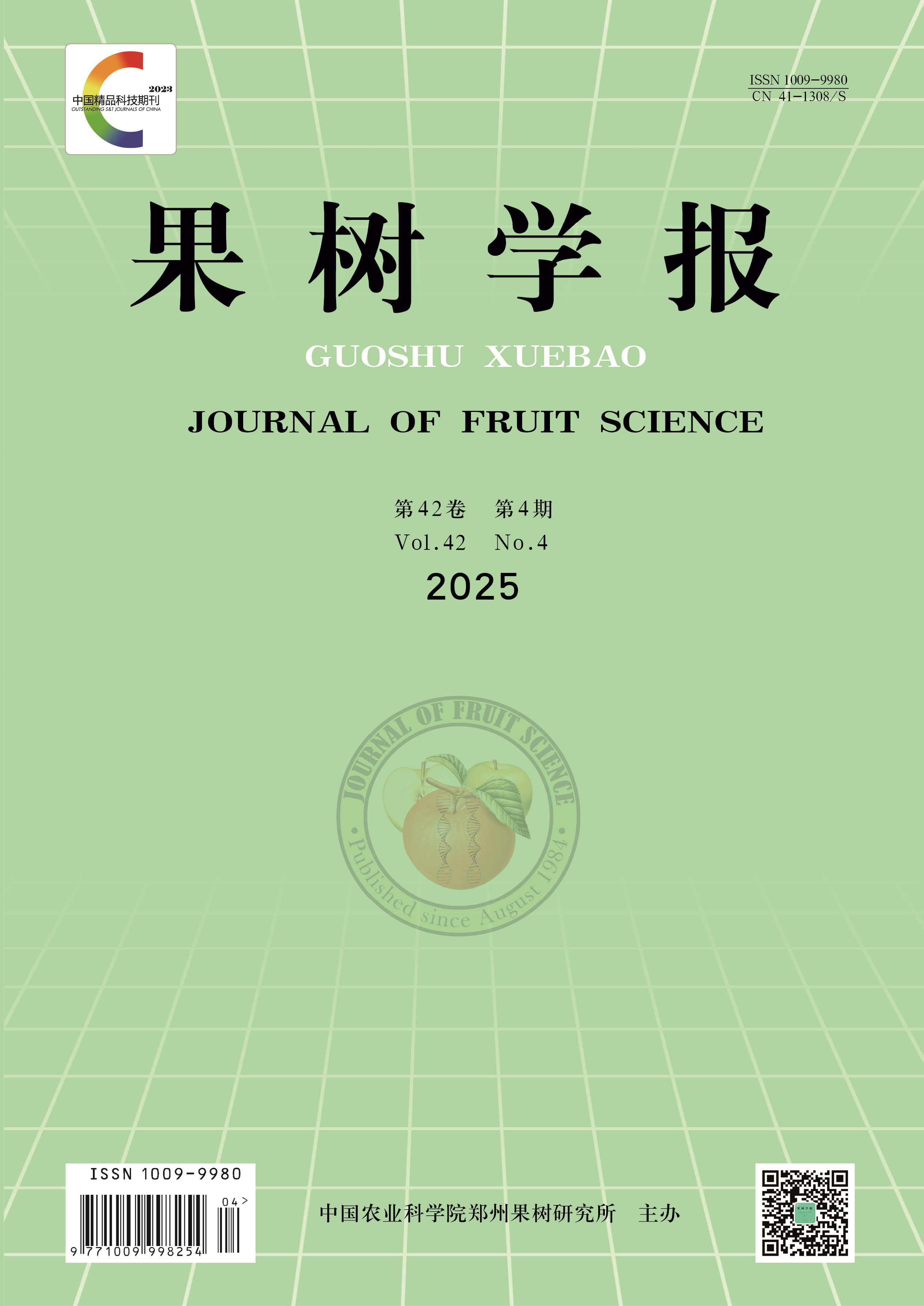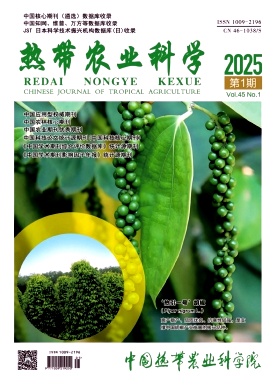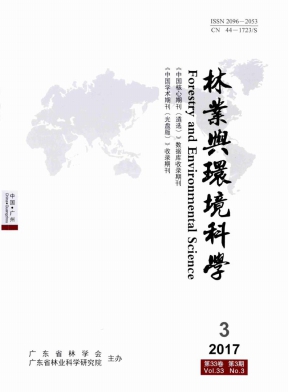摘 要:
Annonaceae is a family with abundant fruit resources. Several fruit trees in Annonaceae have been used traditionally for a long history and are of commercially importance, such as cherimoya, custard apple, soursop, pawpaw etc. The wild fruit resources of Annonaceae in China are relatively rich and nutritionally and medicinally valuable. However, the exploitation and utilization of the wild fruits of Annonaceae in China are hindered due to the lack of research efforts. In this paper, firstly, the general situation of the wild fruit resources of Annonaceae in China was briefly introduced. Annonaceae is the largest family in the order Magnoliales, with ca. 110 genera, ca. 2400 species. There are 25 genera, 120 species and 6 varieties in China, distributed in Zhejiang, Jiangxi, Fujian, Taiwan, Hunan, Guangdong,Guangxi, Yunnan, Guizhou and Tibet. At present, research on Annonaceae plants mainly focuses on its taxonomy, phylogeny, reproductive biology, chemical constitution and so on. Studies focused on cultivation, reproduction techniques, main nutritional components or product development of fruit species of Annonaceae are limited. Wild fruit species of Annonaceae in China, as well its distribution, phenology and biological characteristics were also summarized. We listed 15 species with utilization potential, viz.Uvaria macrophylla, U. calamistrata, U. grandiflora, Fissistigma oldhamii, F. uonicum, F. glaucescens,F. wallichii, Polyalthia suberosa, Huberantha cerasoides, Desmos chinensis, Alphonsea mollis, A. hainanensis, Mitrephora macclurei, Meiogyne hainanensis, Pseuduvaria kwangtungensis. Secondly, the utilization status and existing problems of the utilization of wild fruits of Annonaceae in China were further explored, and the corresponding solutions were proposed. At present stage, the population size, distribution, nutrient composition and market demand of the wild fruit species of Annonaceae in China are not well understood, and the research effort is limited. Therefore, the resources have not been efficiently utilized. The main problems for the utilization of the wild fruit species of Annonaceae are as follows: 1)The local people lack the awareness of sustainable utilization and often adopt improper harvesting methods; 2) The wild fruits remain in the picking stage by local people, thusly, there is no industrialization for developing a series of products; 3) Overexploitation of forests has destroyed the habitat and threatened most of the species of Annonaceae in the wild; 4) The wild fruits of Annonaceae species always possess large number of seeds and consequently has low edibility rate, which is a major impediment in the utilization of wild fruit. According to the above-mentioned problems, several solutions were proposed: 1) Public awareness of sustainable utilization of Annonaceae resources should be strengthened;2) Research efforts on the utilization, breeding, standardization of cultivation and storage of the wild fruits of Annonaceae should be increased; 3) Habitat protection should be strengthened; 4) Seedless variety breeding should be carried out by combining traditional breeding methods with cutting-edge molecular breeding methods. Thirdly, research on breeding and cultivation of the commercial fruit species of Annonaceae were reviewed, which could provide references for the utilization of the wild fruit species. In China, there are only a few reports on the research of breeding and cultivation of the fruit resources of Annonaceae, mainly focusing on the cultivation of fruiting species of Annona and Asimina,for example, the selection of rootstocks for grafting, the influence of external conditions on seed germination rate, and the optimal conditions for plant regeneration in vitro etc. Researches of new variety breeding of Annonaceae is mainly done by researchers abroad, also mainly focusing on the genera of Annona and Asimina, especially on sugar apple and pawpaw. The breeding techniques include polyploid breeding, RNA interference gene silencing breeding, molecular marker-assisted breeding and so on. Finally, the prospect and suggestions of exploitation and utilization of the wild fruit resources of Annonaceae in China were proposed. 1) Overall assessment of the utilization potential of the wild fruit species of Annonaceae in China could be carried out based on integrated criteria such as nutritional composition, edible rate, fruit size, weight and flavor, etc. The species with larger utilization potential could be selected for further study and developed as characteristic fruits; 2) The rich pigment of the wild fruits of Annonaceae could be extracted and concentrated, and the potential for natural food additives and other uses could be assessed; 3) The species with high nutritional value and scarce distribution in the wild could be introduced and domesticated. Ex-situ conservation is especially important for some endangered species; 4) The wild fruit species of Annonaceae could be utilized as valuable parent materials for future study on breeding of Annonaceae fruits; 5) The wild fruit species of Annonaceae could also be cultivated as ornamental plants in gardens or parks in view of nice tree form and the high ornamental value of both the flowers and fruits. In addition, the plants could also be dwarfed and developed as wild fruit bonsai. In conclusion, the wild fruit resources of Annonaceae in China are relatively rich, which have great utilization potential. More research efforts should be devoted to the conservation of Annonaceae species in China, introduction and domestication of the wild resources, reproduction, cultivation and breeding of the selected fruit species, and studies on bioactive components etc. With cross-disciplinary research, the development potential of the wild fruit species of Annonaceae in China could be revealed and utilized, resulting in economic, social and ecological benefits.






